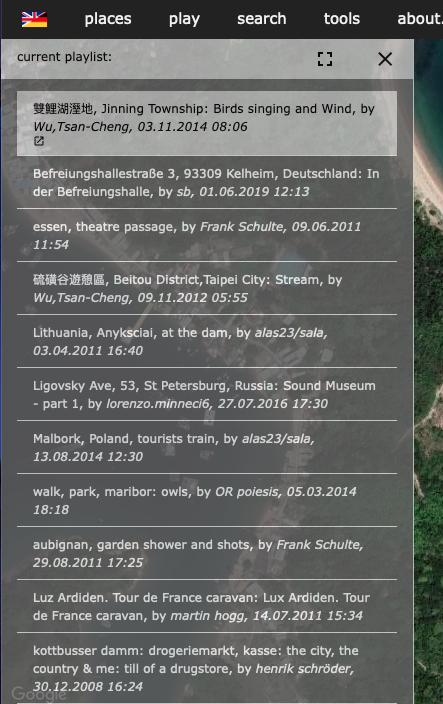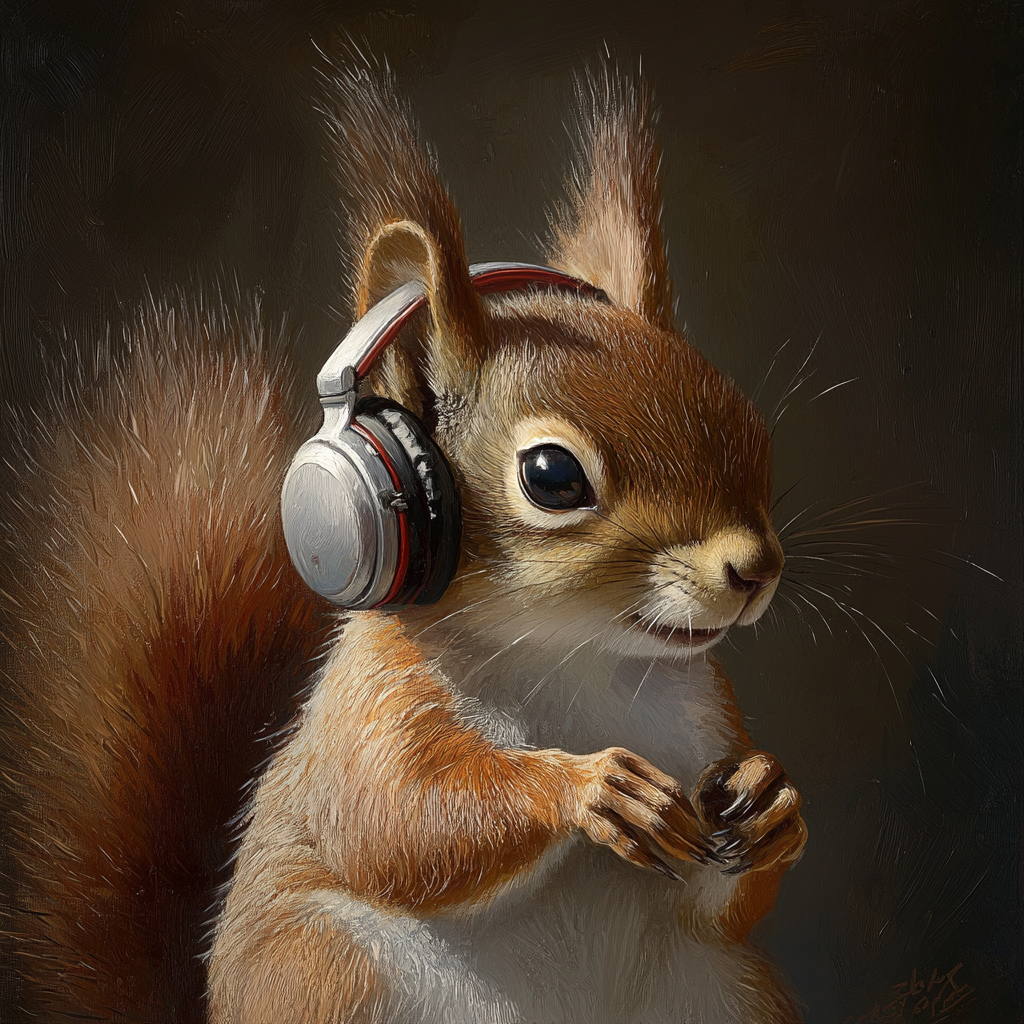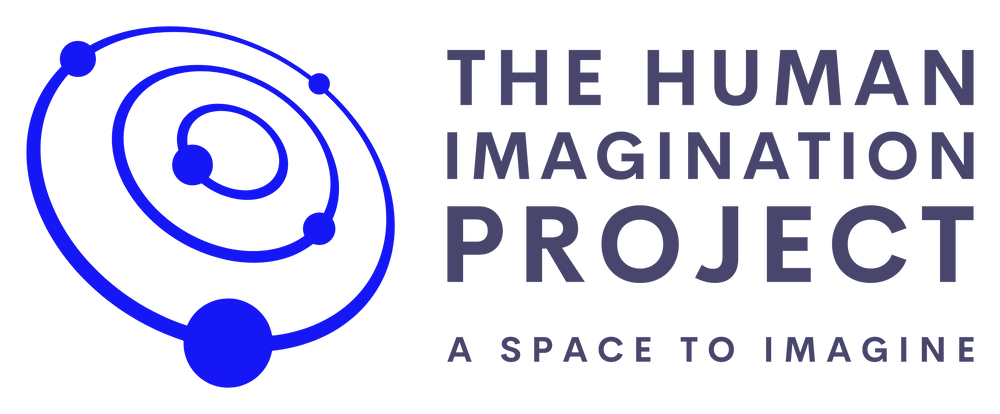Hello Lovely Human!
Welcome Wonderment Wednesday. Where we offer something that (hopefully) produces a tiny (or tremendous) flicker of wonder.
Today we adventure on an another acoustic field trip.
But first a few words about wonder
Wonder purls its way through our lives from first cry to last gasp—moments that engage us, surprise us, take our breath away, and give us the gift of viewing the world, and our place in it, in an entirely different way (Parker, p. 4).
Here at the Human Imagination Project we believe that maintaining a sense of wonder about the world helps us remain invested in what happens to it. We aren’t the only things who think so. As of late there has been an influx of information on the many benefits of awe and wonder.
Wonder promotes sustained excavation of the rich causal architectures of the world. It helps us to appreciate everything around us more fully. We come to see a more richly textured and dynamic reality…we come to see and experience the first days of spring in more immersive and rewarding ways. Each instance of wondering in turn launches a branching network of new instances and opens a door to the potentially endless joy of successive discoveries…Wonder and the learning it encourages enable us to more fully engage with others
—Frank Keil, How to Revive Your Sense of Wonder, Psyche Magazine
And yes, wonder happens of its own accord but wonder can also get lost in the incessant hum of our existence. As Monica C. Parker, in her incredible book The Power of Wonder notes,

Oof. So part of what we do at the Human Imagination Project is try to find ways to help people to connect to that sense of wonder. We try to counter wonderloss with wonderment to be the intentional practice of engaging with something likely produce wonder.
Today, that source of wonderment comes in the form of the Radio Apogee which is an incredibly engaging way to eavesdrop on the world. It’s like Google Maps with a speaker. As described on their website:
Radio Aporee project is a global sound map that started in late 2006.
dedicated to field recording, photography, and the art of listening. it connects sound recordings to its places of origin, in order to create a sonic cartography, publicly accessible as a collaborative project. It contains recordings from numerous urban, rural and natural environments, disclosing their complex shape and sonic conditions, as well as the different perceptions, practices and artistic perspectives of its many contributors. this makes it a valuable resource for art, education and research projects, and for your personal pleasure.
There are an abundance of ways to explore this incredible resource:
📍 You can simply zoom out on the map, pick a random spot and listen in
🔎 You can search for specific sounds, like “cicadas” and end up somewhere on Crooked Island in Hong Kong.
🎛️ You can use the geo-mixer and create your own mix of sounds from across the world.
🎧 You can play a random list of sounds

🙉 There are so many other ways!
Above you can see the playlist that listened to while writing this. In listening, I am reminded of the incredible acoustic vocabulary many of us have access to. How it is possible to hear sounds and know what they are: a door closing in the distance, a street being swept. There are the practical qualities of sound and then the emotional and the evocative. The strange nostalgia that erupts for sounds you didn't know you missed, the sound of snow crunching underfoot as heard in Stockholm Sweden. There are sounds that annoy others that delight or intrigue or provide a portal to a world you want to explore.

We will be writing more about place, space, sound and soundscapes in our upcoming article but for now…whether you wander across the virtual world in search of interesting sounds or find some right where you are, may your week have some wonderment in it.
And you found some wonder this week, let us know where.
